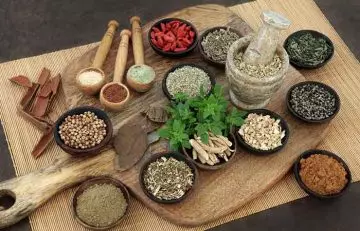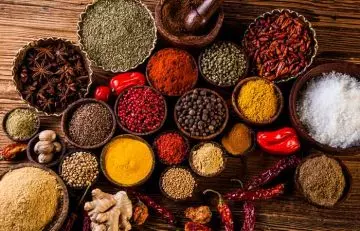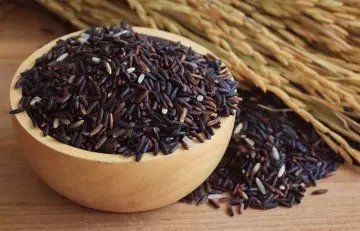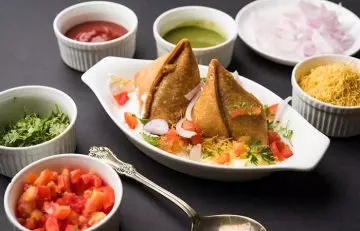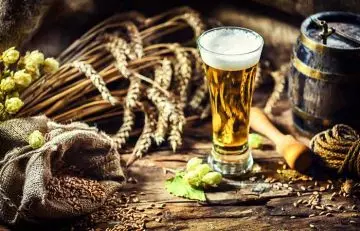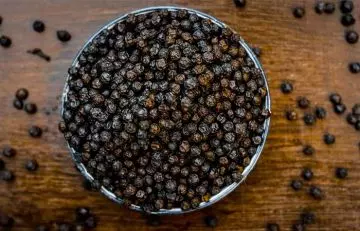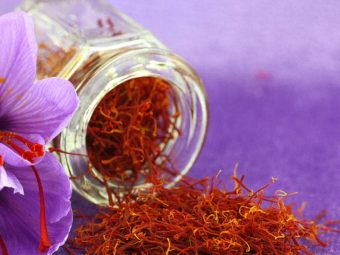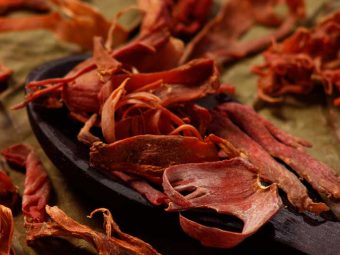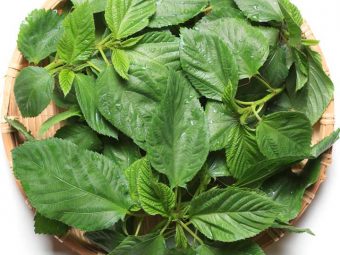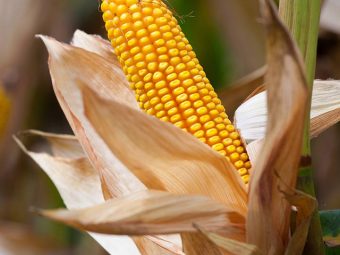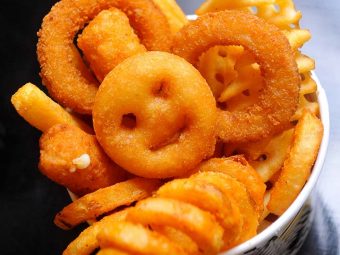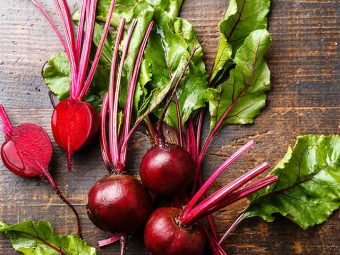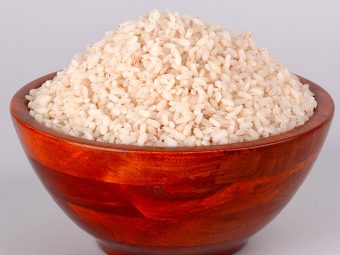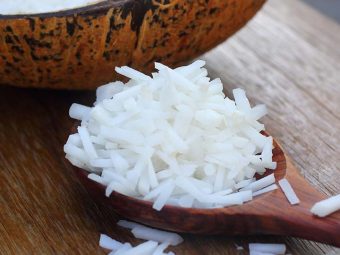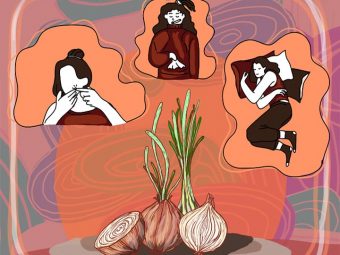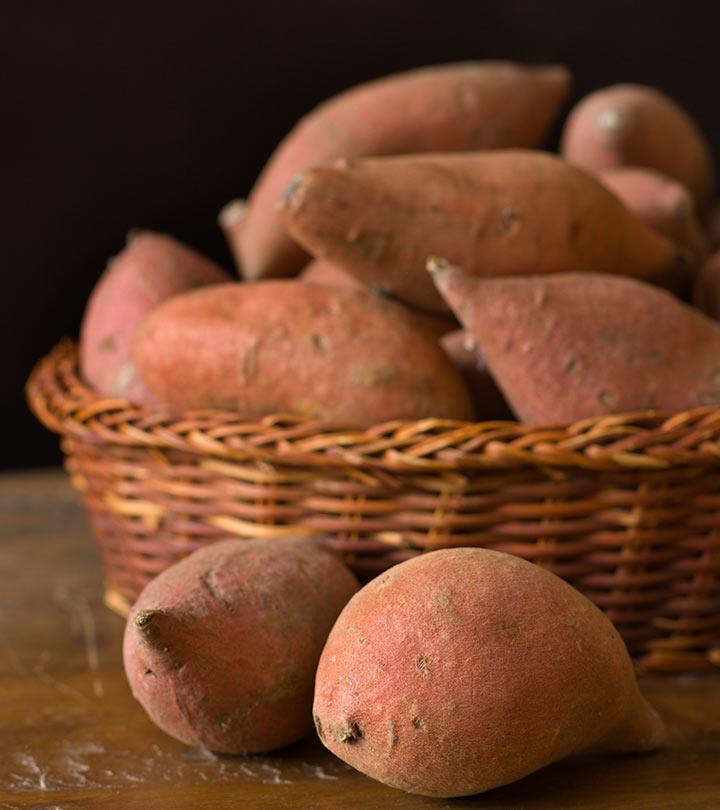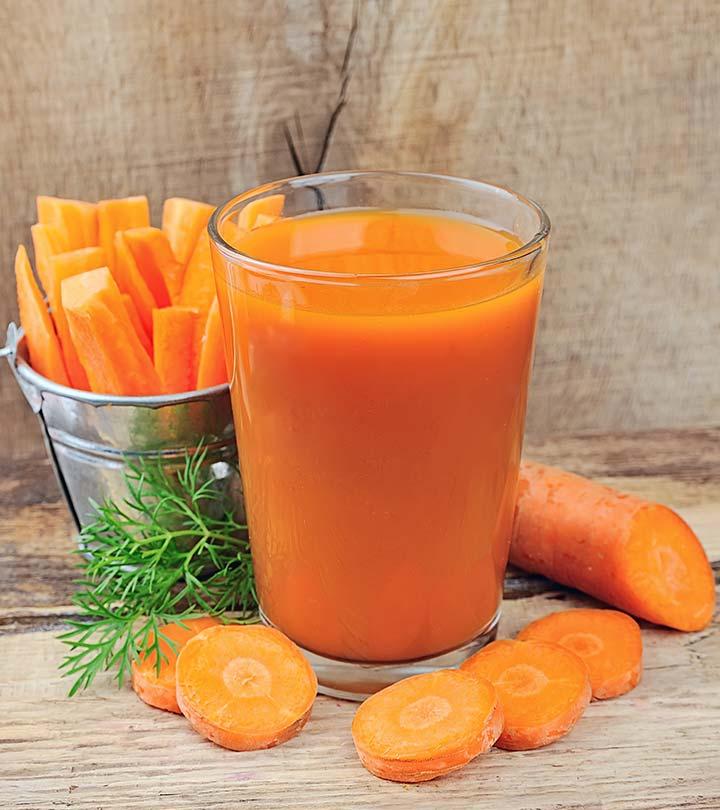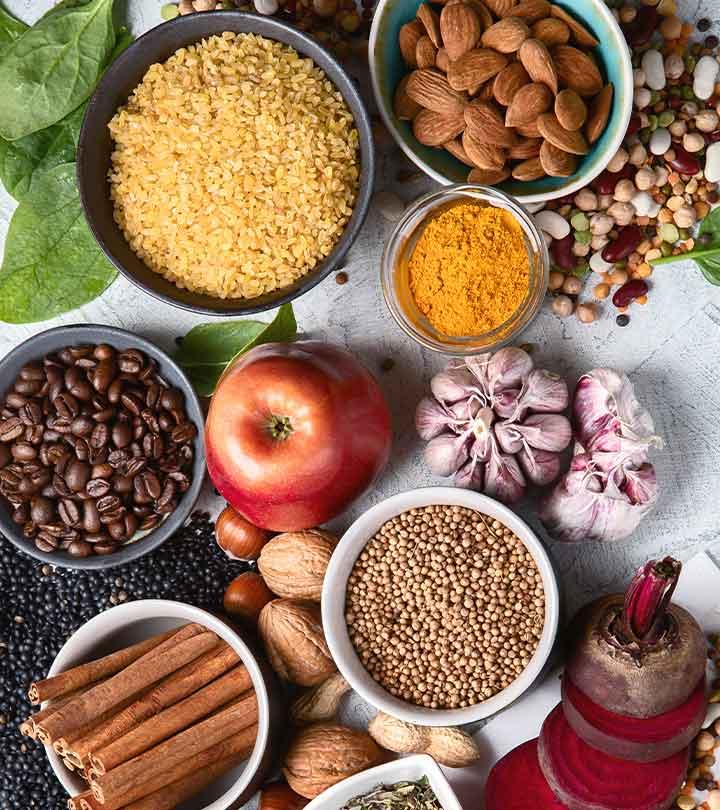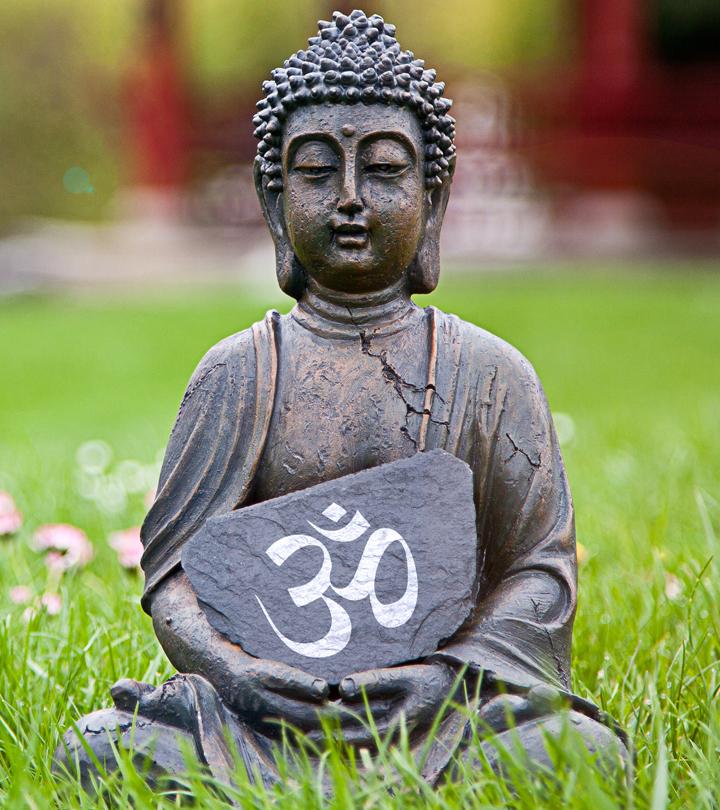10 Unbelievable Facts About Indian Food

Image: Shutterstock
Indian cuisine is a culinary artwork that wonderfully uses the entire palette of flavors—sweet, sour, spicy, and hot, all together to make a masterpiece of a dish. We have all heard the adage—we are what we eat, and our ancestors in India took this quite seriously. Centuries ago, the Indian cuisine was built on the Sanskrit guidelines that revolved around taste or rasa, and faults or dosha. Simply put, whatever the taste buds experience, causing an imbalance or balance of taste, determines the wellbeing of a person. Seems like too much science? Well, there’s some history to Indian food too, that will leave you baffled.
If you think you know everything about Indian food, here are some facts that will burst your bubble:
1. Ayurveda Says You Are What You Eat
Whether a necessity or not, we like structuring everything into various classes or subdivisions. And the realm of food isn’t left behind. Ayurveda, India’s first medicinal system, categorizes food into three primary classes based on its nature—satvic, rajasic, and tamasic. Satvic food is all that’s natural (fruits and vegetables) and has calming, purifying, and positive effects on the body. Rajasic
food is what most of us consume—spicy, oily, salty, or bitter. The belief is that consumption of such food makes one ambitious, competitive, and successful. Tamasic food, on the other hand, is overly processed, particularly toxic, and difficult to digest, therefore, imparting negative effects on both mind and body.
2. The Land Of Spices
As listed on the Spices Board of India and International Organization for Standardization (ISO), of the 109 varieties of spices, India produces 75 and is the world’s largest producer of spices. It’s no coincidence why we love our spices! Every spice has a reason for being there, and mostly it’s packed with health benefits. India isn’t just a great producer and exporter of spices but also a consumer of spices. Can you imagine life without turmeric, chili, ginger or cumin?
3. The Forbidden Rice
India is home to an ancient grain that was for long reserved only for Chinese royalty and has an array of powerful medicinal qualities. Popularly monikered as the forbidden rice, the Black Rice, also known as Magic Rice or Purple Rice is a popular food preparation in the North-eastern State of India, Manipur.
4. Gulab Jamun Is Actually Persian
One of the most popular Indian desserts, gulab jamun isn’t as Indian as we think it to be. Deep fried dough balls, soaked in honey syrup and sprinkled with sugar is a dessert from the Mediterranean world. Originally called as luqmat-al-qadi, this sweet delicacy existed in Persia much before it made its way to India.
5. Samosa Or Sambosa?
A wise man once said, “Love thy neighbor,” and Indians wholeheartedly did, with all its food and condiments. Sorry to pop another bubble for you, but these fried or baked triangular flour pockets, usually stuffed with potato, and served with mint chutney, is actually a savory from the Middle East. This popular Indian snack, known as sambosa is from the Middle East, traveled to India through the trade routes. Interestingly, samosas are banned in Somalia for their resemblance to the Christian Holy Trinity.
6. Candy Routes Of India
We might have borrowed a lot of things from our neighbors through trade routes, but the world has borrowed the word ‘candy’ from us. The etymology of the word candy dates back to when sugar was obtained from the crystallization of sugarcane juice in India; it was called khanda but was picked up as candy later.
7. Bring Your Own Booze? Not New To India
From as early as the Harappan civilization of 3,000 B.C.E, India has found ways to brew its own booze (1). Be it south India’s renowned toddy or the millet-based beers from northeastern India, or alcoholic drinks made from cereals; ‘eat, drink, and be merry, for we may die tomorrow’ seems to be the mantra in the Indian subcontinent since ages.
8. Black Gold From Kerala
No, we aren’t talking about ornaments here. Black pepper and salt are integral condiments in the Indian culinary space. The southern state of Kerala was ever popular across the globe for its black pepper, which was dubbed as the black gold. So, Kerala is indeed full of gold.
9. Refined Sugar Came From Portugal
Even before the health fad of not consuming refined sugar took over the world, Indians used sugar from honey and fruits as sweeteners until the Portuguese introduced us to the world of refined sugar.
10. Borrowed Vegetables
Indians are often notorious for their lax borrowing methods. It’s an old joke that anything borrowed becomes our own, and that’s exactly what happened with the kitchen’s staple ingredients—tomatoes, potatoes, and chilies. We borrowed these from our friendly traders in Portugal and decided to keep them.
Indian food, as we know today is actually a blend of a whole lot of external influences. Be it rajma, that comes from Mexico, or the flavors from the Arab, Greek, and Roman traders, Indian cuisine is an amalgamation of tastes, cultures, and slices of history.

